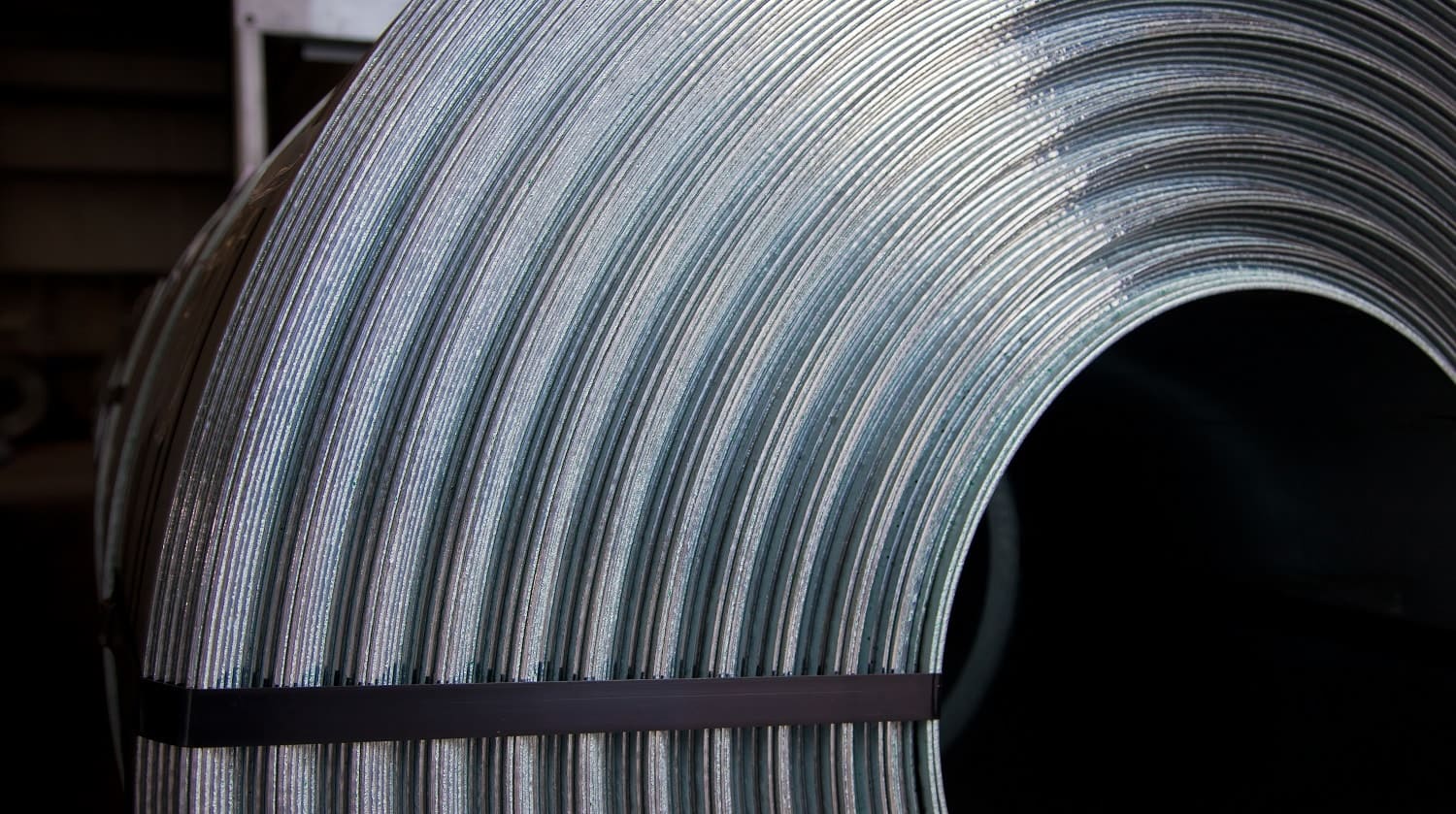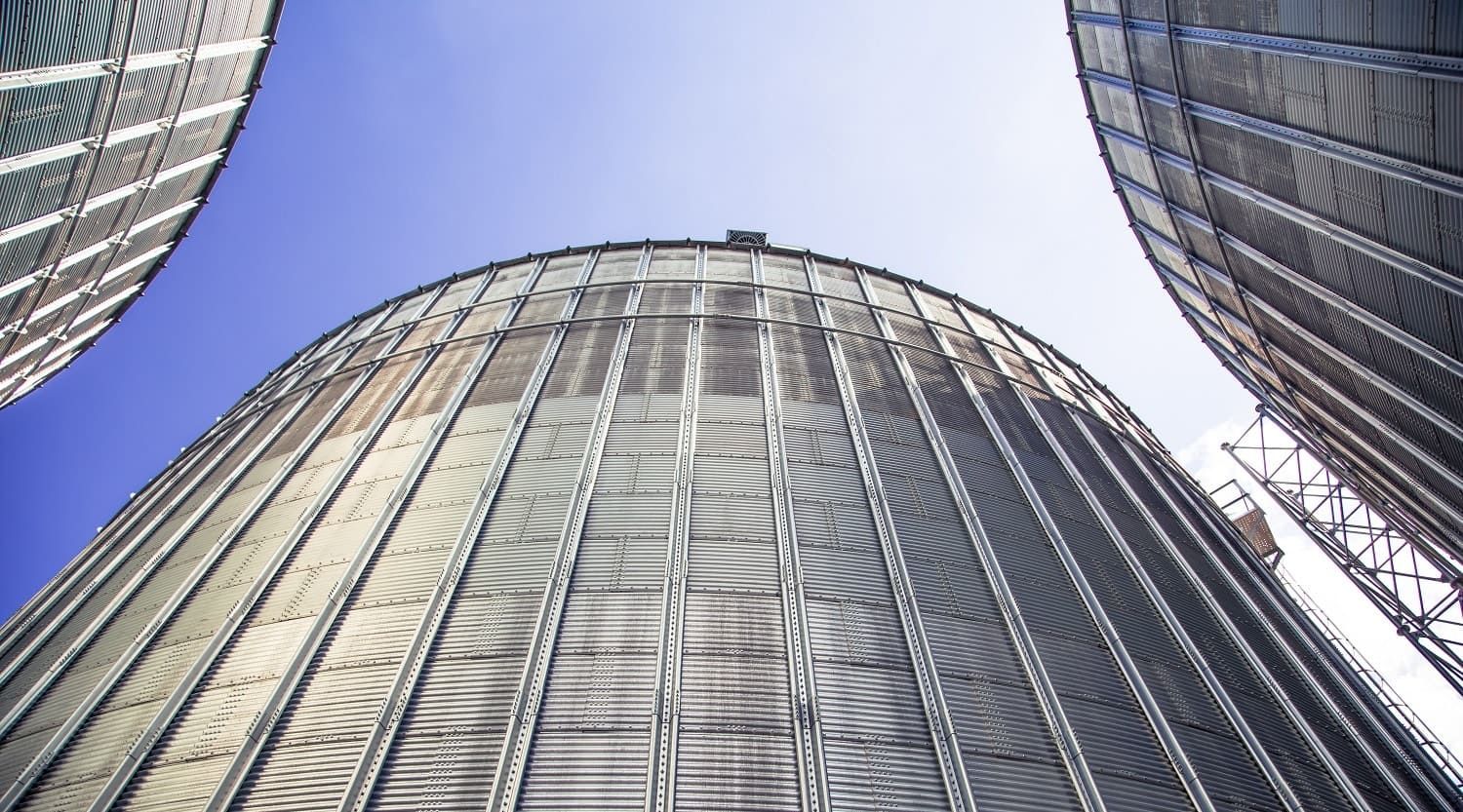If a farmer breaks a metal tool, a new tool can be made; however, when a large steel bridge collapses, it is a completely different problem.
During the large-scale development of steel production and steel promotion, people started to understand that this ostensibly everlasting material could disintegrate. This is because of corrosion. People tried to find a solution to protect against this destructive process. At the end of the 18th century, research papers about the nature of corrosion and anti-corrosion methods started to appear on a regular basis. Sometimes, researchers selected methods that were thought to be wrong from the outset but ultimately found to be the most efficient for steel protection.
What is corrosion or rust in laymen's terms? Corrosion is self-destruction of rolled steel as a result of oxidation. It is usually caused by two things: metal surface exposure to oxygen or an aggressive environment.
If corrosion is not removed or prevented in time, a steel product or a structure may disintegrate completely, thus entailing losses or even major accidents.
There are different methods to protect rolled steel against corrosion: making the environment less aggressive and creating stainless steel and special steel grades. However, they are not 'one-size-fits-all' solutions. For example, vessel hulls are always exposed to saltwater and should withstand saltwater conditions for many years. Because stainless steel and special steel grades contain alloys, they are too expensive for widescale use. They are used for specific applications, e.g. to manufacture medical appliances, equipment for boilers and for the chemical industry, etc.

As a result, the methods that help isolate steel surfaces from environment using special anti-corrosion materials are the most expensive and popular. They include:
- Active protection – primer containing a chemically active compound that is applied to steel
- Passive protection – epoxy coatings and chlorinated rubbers that are applied to special films
- Cathodic or galvanic protection – application of zinc or other metallic coatings to steel
The latter is used to protect various steel products against corrosion: from metalware and wire through to steel structures and coils. This process is rather easy to implement and does not require any significant investments, yet offers good protection at a reasonable price.
How are cold-rolled flats or hot-rolled steel galvanised?
Galvanising of different metals is a rather common process. However, when you hear the word "galvanised steel" a specific image comes up – a cold-rolled coil with a zinc coating. Generally, one of two common hot-dip galvanising methods is used for this purpose:
- Sendzimir
- Cook Northman
In the first case, hot-rolled pickled or cold-rolled full hard flats are used. After rolling, a steel strip enters a hot-dip galvanising line (HDGL). The strip is then cleaned, reheated in an annealing furnace, and transported to a bath of molten zinc.

The second method provides for the use of unoiled cold-rolled annealed steel or hot-rolled pickled steel with the required mechanical properties (a galvanising line is not complete with heat-treatment equipment). The surface preparation is carried out using a chemical method: it is degreased, cleaned, pickled and fluxed with special reagents or their mixes to remove oxides and improve zinc adhesion to the substrate. The metal is then heated in a flux drying tower and dipped into the molten zinc.
These two methods differ only in the process of preparing the steel surface before applying a protective zinc coating. The fine-tuned technology helps obtain the end product not only of similar quality but appearance.
Galvanised steel production at Metinvest enterprises
The two largest producers of galvanised steel in Ukraine are part of Metinvest Group. Since 2010, the Group has been a shareholder of Ilyich Iron and Steel Works of Mariupol. This plant has been producing galvanised steel at two hot-dip galvanising lines in the cold-rolling shop for more than 40 years. Ilyich Steel uses the Sendzimir method. It revamps its equipment on a regular basis, not only the galvanising lines but the entire coil production chain.
The second enterprise, Unisteel, LLC (Kryvyi Rih), joined Metinvest in 2018. It notably differs from Ilyich Iron and Steel Works of Mariupol. Unisteel does not have integrated rolled-steel production. Moreover, the enterprise does not produce rolled steel at all. Unisteel is a so-called ‘coater’. It is an independent enterprise that specialises purely in the application of protective coatings to semi-finished products. Commissioned in 2010, Unisteel became an independent producer. It has a Cook Northman production line in operation. However, the plant in Kryvyi Rih managed to achieve design parameters only after Metinvest Group had become its new investor. Nowadays, the plant applies zinc coatings to steel coils produced at other enterprises of the Group, namely Ilyich Steel and Zaporizhstal (city of Zaporizhia).
Galvanised steel consumption in Ukraine and its export
Galvanised steel consumption in Ukraine has increased continuously since 2015. According to the Ukrainian Steel Construction Centre (USCC), the market volume reached 326,000 tonnes last year, with Ukrainian products accounting for the major portion of the market. That said, domestic companies actively protect the domestic market against poor-quality imported products. Ukraine imposed anti-dumping duties on galvanised steel from China and Russia last year. That helped significantly reduce the import share, especially of steel with poor-quality zinc coating.
The following key trends are expected to persist in 2020: ever increasing consumption and the share of high-quality, Ukrainian products.
Larger volumes of steel are supplied to external markets. According to the State Statistics Service, something like 220,000 tonnes of galvanised steel were exported from Ukraine last year. Key consumers of Ukrainian products are the CIS, Eastern Europe, and the Middle East.

Galvanised steel downstream processes
What happens with galvanised coils? They have two options: either to be converted into end products or transported to the next processing stage – painting or colour coating.
Metinvest Group does not yet have any colour-coating operators. However, the senior management of the company announced last year that such a possibility was under evaluation. A new line can be constructed in the future at one of the Group's integrated steel plants. In this case, it will be possible to use Ukrainian rolled flats to make metal roof shingles and sandwich panels for building facades.
Meanwhile, almost all of the galvanised steel produced by Ilyich Steel and Unisteel is processed into end products both in Ukraine and abroad. Thin-gauge sheets are used to manufacture profiles for plasterboard fixing, which are in high demand in construction. Thicker sheets are used to manufacture profiled sheeting, supports for solar power plants, light-gauge steel structures, etc.
Although regional markets are closed, Ukrainian galvanised steel is still in high demand in Ukraine and outside it. Metinvest Group’s entry into new niches, the expansion of its product mix and networking with customers make this type of rolled steel a promising product. This reflected in the figures. According to Metinvest Group's Annual Report, Ilyich Steel and Unisteel produced a total of 350,000 tonnes of galvanised steel in 2019. It is almost 40,000 tonnes or 13% above production levels in 2018.
